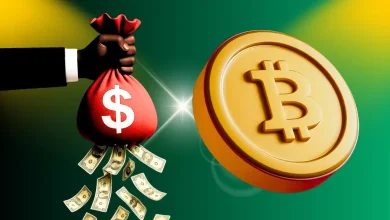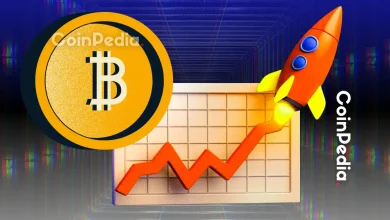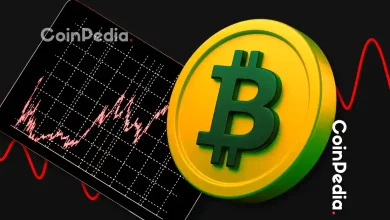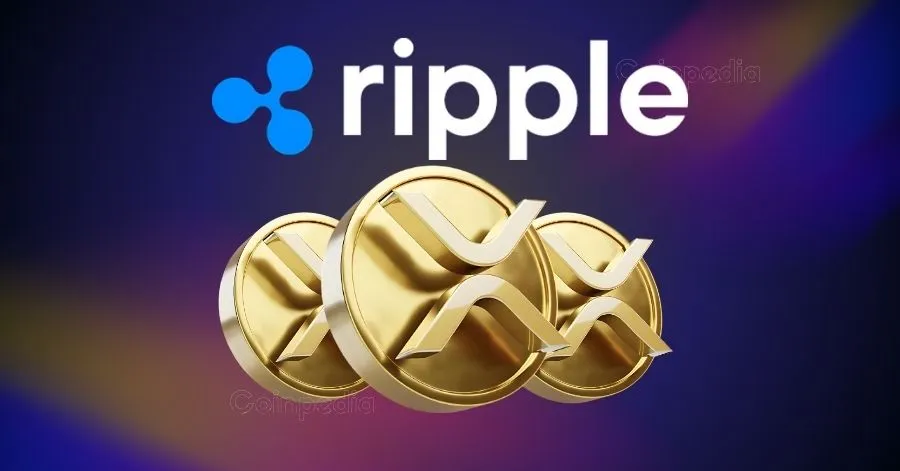
Ripple’s XRP and blockchain tech are key to helping the G20 achieve faster, cheaper cross-border payments by 2030.
Adoption of Ripple’s solutions could boost XRP price to $10-$20 in 2025, with potential long-term growth to $1,000.
Ripple’s fast and affordable payment system is gaining traction around the world. A new report highlights that Ripple’s XRP and blockchain payment tech could play a key role in helping the G20 meet its cross-border payment goals by 2030.
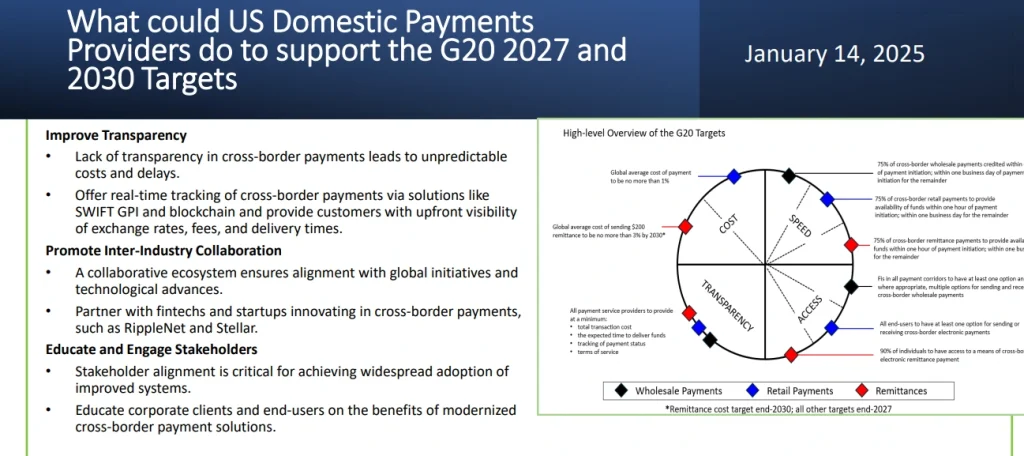
A 2025 report from the U.S. Faster Payments Council (FPC) highlights how U.S. payment companies could play a big role in making global payments faster, cheaper, and more reliably.
Global demand is rising for faster, cheaper, and more transparent cross-border payments, and it’s already a $34 trillion market. The G20 is pushing hard to improve this space, seeing it as key to boosting trade, economic growth, and development. They plan to make payments quicker, more affordable, and easier to access.
Goals For 2017 and 2030-
They have set clear targets for retail, wholesale, and remittance payments, and aim for major progress by 2027 and 2030. The 2027 and 2030 goals include cutting the cross-border payment costs to 1% or less and ensuring 75% of payments are completed within an hour.
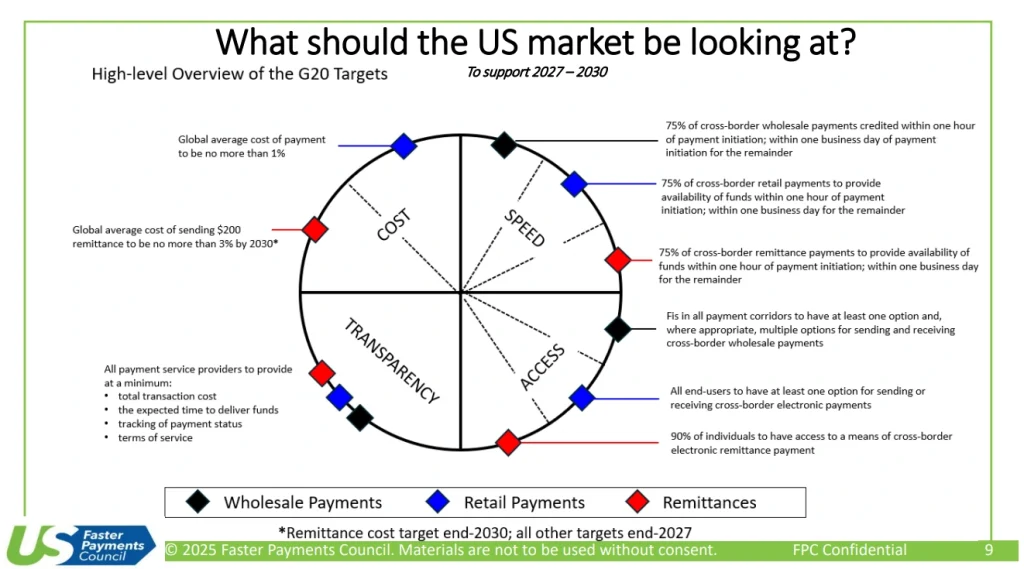
Promoting Inter-Industry Collabs
In order to meet the goals, the US Faster Payments Council (FPC) urges domestic providers to adopt ISO 20022, embrace interoperability, and use blockchain tech like Distributed Ledger Technology (DLT). It also stressed points like focusing on financial inclusion and promoting inter-industry collaborations. It specifically noted Ripple and Stellar as key players that could improve the global cross-border payment landscape.
Ripple is reshaping global payments with its RippleNet and XRP-powered tech. As it follows global rules (like ISO 20022) and uses smart blockchain tools, it’s a top pick to help the G20 hit its payment goals.
As more firms adopt Ripple’s solutions, XRP could see big gains from the rising demand. With growing adoption, experts predict $XRP will hit $10-$20 easily in 2025. Reaching $100 could happen, but it is more likely in early 2026. And eventually, as the technology and network expand further, $XRP could reach $1,000.
Never Miss a Beat in the Crypto World!
Stay ahead with breaking news, expert analysis, and real-time updates on the latest trends in Bitcoin, altcoins, DeFi, NFTs, and more.
FAQs
XRP is a digital asset that facilitates fast, low-cost global payments via Ripple’s decentralized blockchain network.
XRP is positioned to modernize banking by enabling instant, low-cost cross-border payments with blockchain efficiency.
Yes, over 100 financial institutions have partnered with Ripple, using XRP for liquidity and faster settlements.
While the Fed hasn’t adopted XRP, Ripple’s tech aligns with goals like ISO 20022, making future use theoretically possible.

